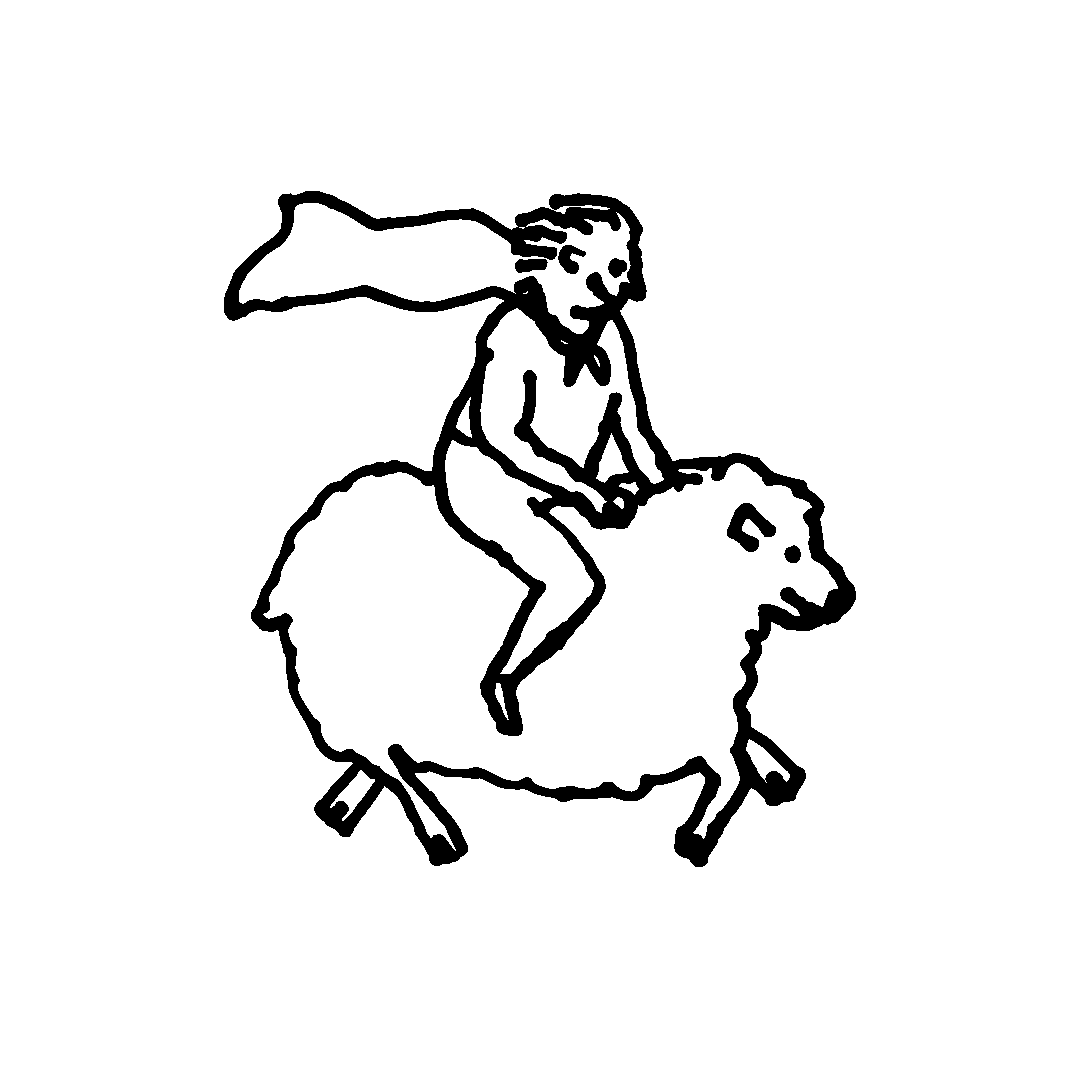What is the key practice for LHS in Regenerative Farming?
The key practice for us in Regenerative Farming is really about our pastures. Multi-species pastures. For decades, when I grew up, it was all about monocultures or geocultures. Rye and Clover grass here in New Zealand are a prominent pasture type. What we are doing is planting pastures that have at least 30 different seeds. So every plant has a role. Not just in feeding the livestock but also in feeding the soil. For too long agronomy has been about chemistry. Regenerative agriculture is about biology rather than what you need to pour onto the soil in a chemical form. We are looking at bacteria. At fungi. Their relationship and the balance between them. What we are finding is that with less inputs we can actually produce more and that has been the really cool thing about regenerative farming.
We are putting down a lot of regenerative pastures, multi species pastures. They will be peaking around May or June. Right now it is pretty warm and lush, come May and June and here it’s very cold, it’s very frosty, the ground is almost frozen. So by that time we will have pastures that are going to be in full lush. It’s going to be like a salad bar for the stock and it is going to help them get through the winter. So right now we are getting those pastures into the ground. Getting water in them to make sure they will be in perfect conditions in a few months time.
What are some differences between Regenerative Farming and traditional farming?
For many years, and in the system I grew up in, we’d plow the soil, and then till it to get it in a very fine form because that would allow new plants to get root structure through the soil much easier. But with regenerative faming you don’t need to plow to get that result. The plants do it for you. So that’s actually the role of a sunflower, for instance. Their root structure is creating pathways, liquid carbon pathways, sequestering it from the environment and getting it down into the soil. Creating pathways for other plants to follow as well. So we don’t need massive tractors riding over the land for hours when we have a plant like a sunflower who is building those pathways into the soil for us. Some of the actions we are doing every day is not tilling the soil. We don’t turn over and break up the soil. So no more plowing. We drill seeds directly into the soil and keep that organic matter there. We are actually starting to scale compost, you know we all have some compost into our backyard, so we are trying to see how we can scale that up for 6.5 thousand hectares. We are trialling Biochar as well. A charcoal-like substance that’s made by burning organic material from agricultural and forestry waste. All different ways of feeding that healthy soil and making it stronger.

